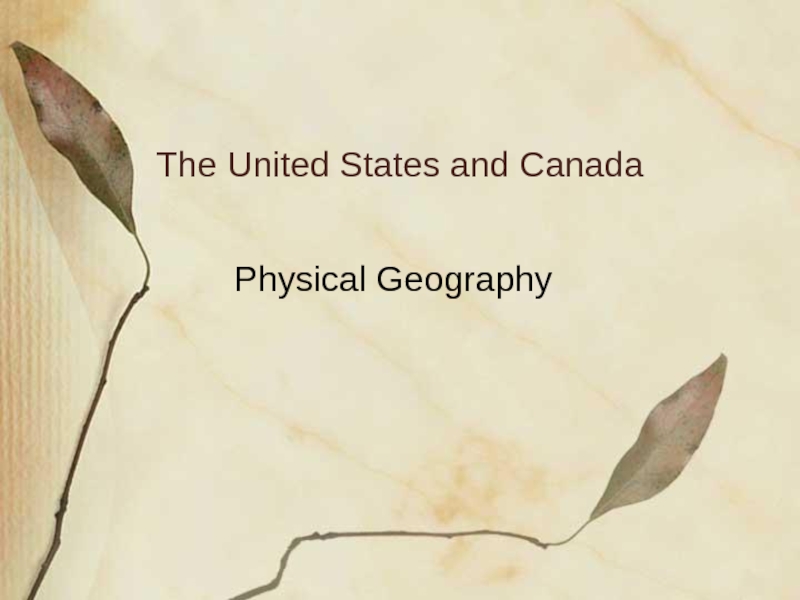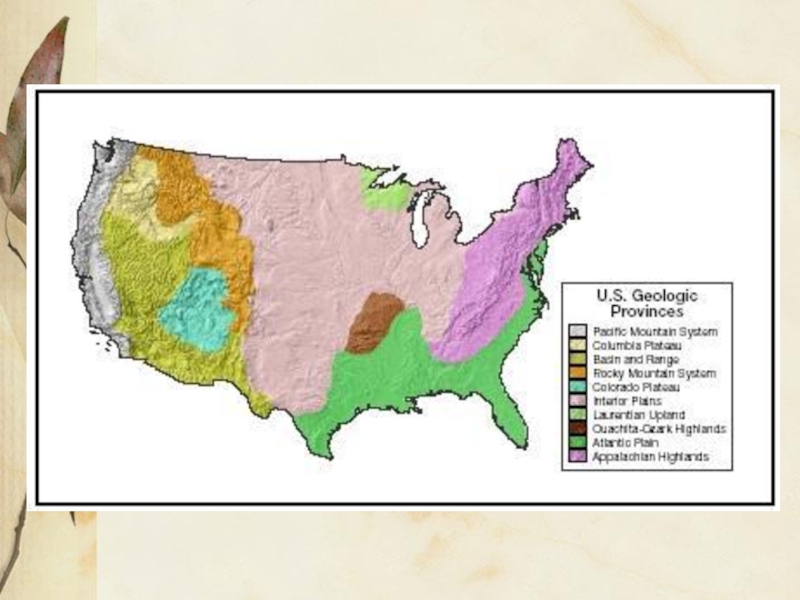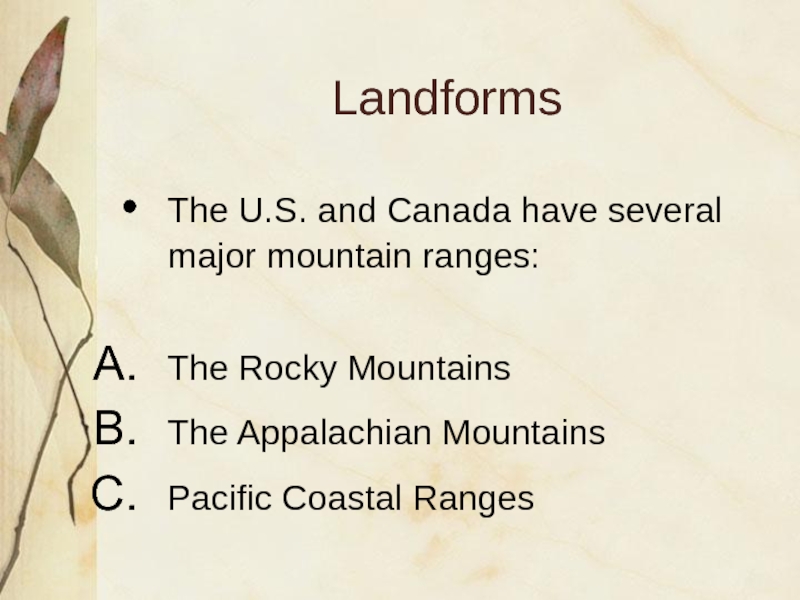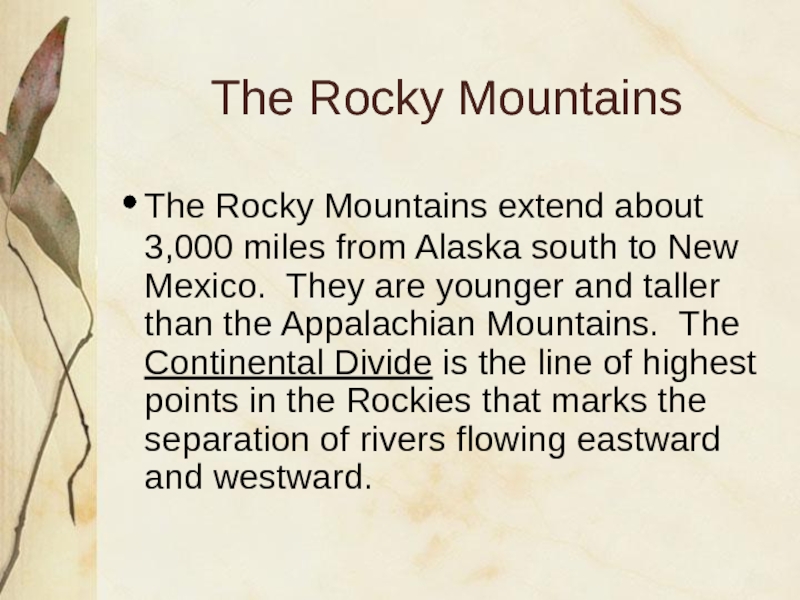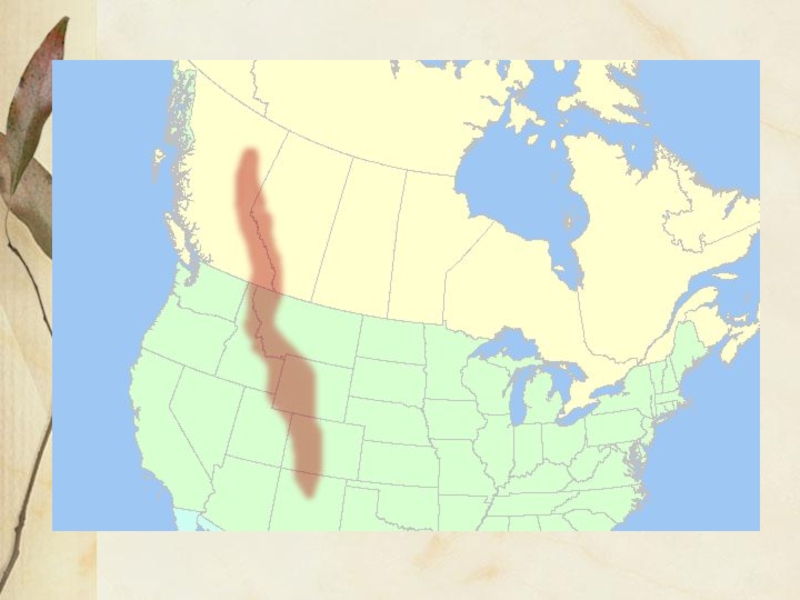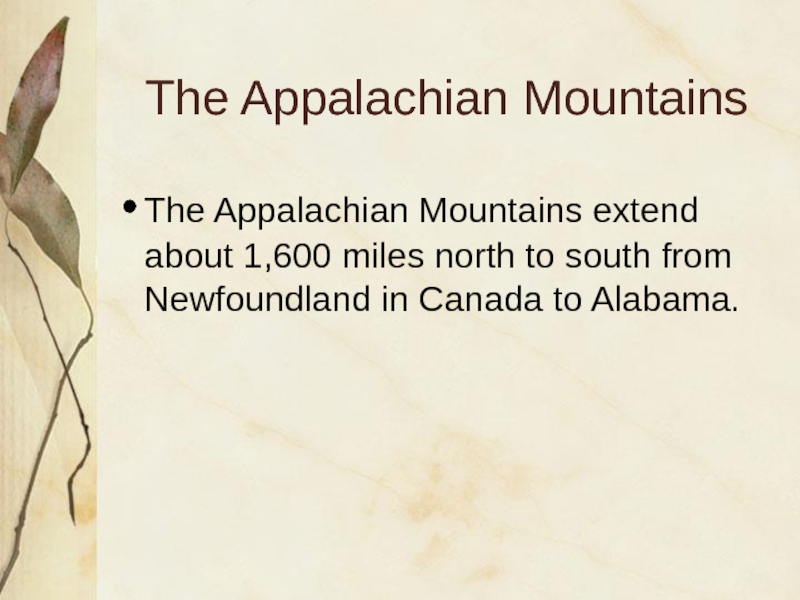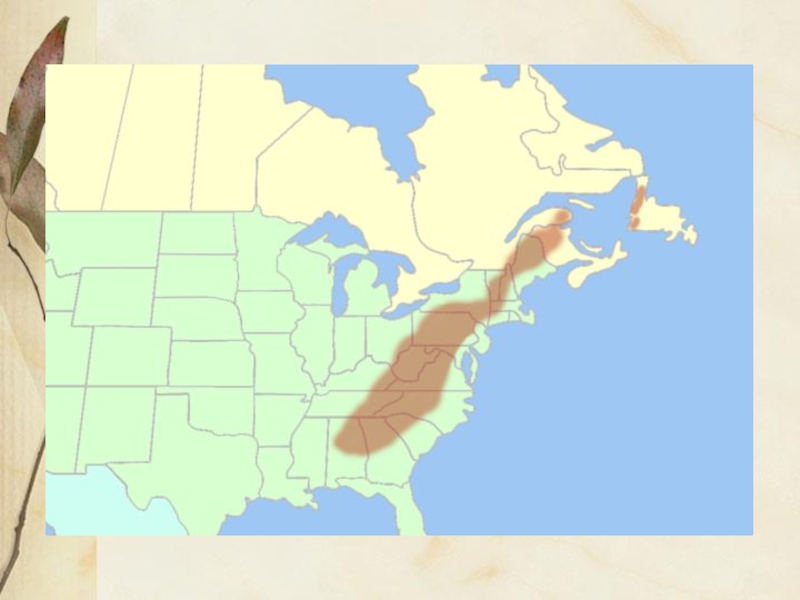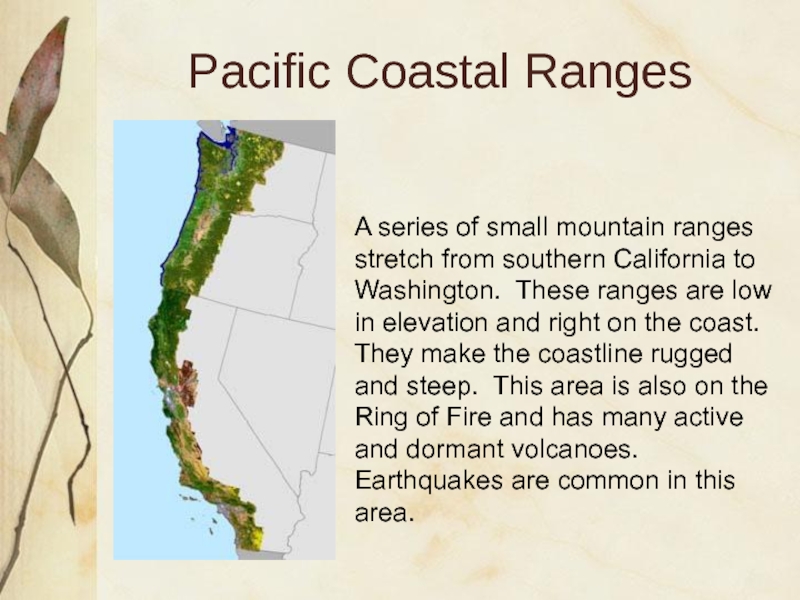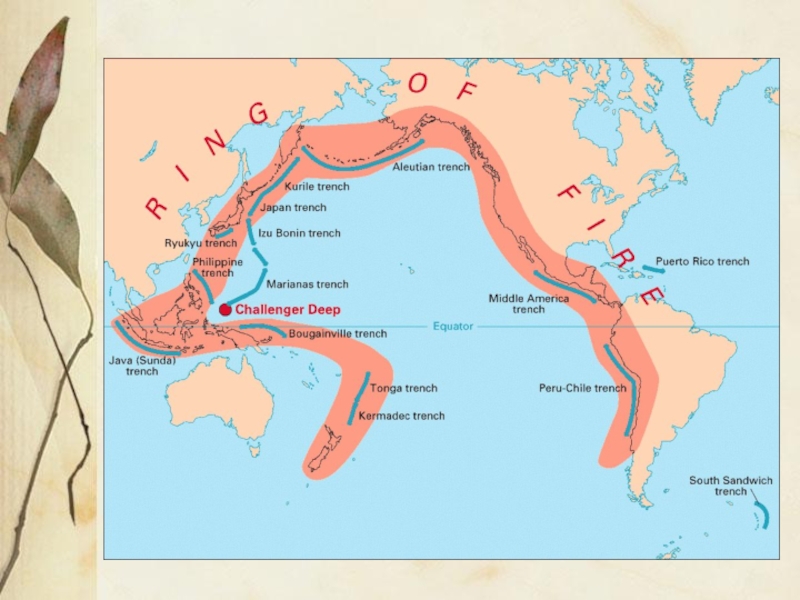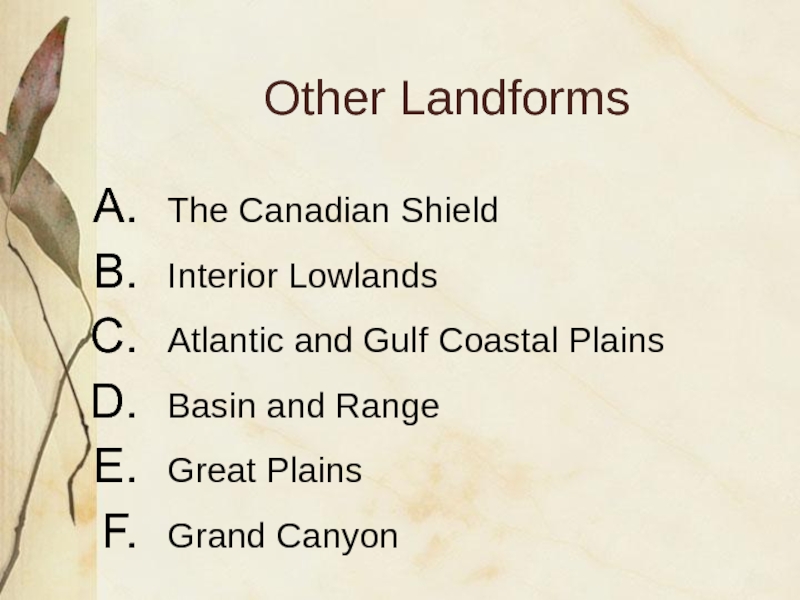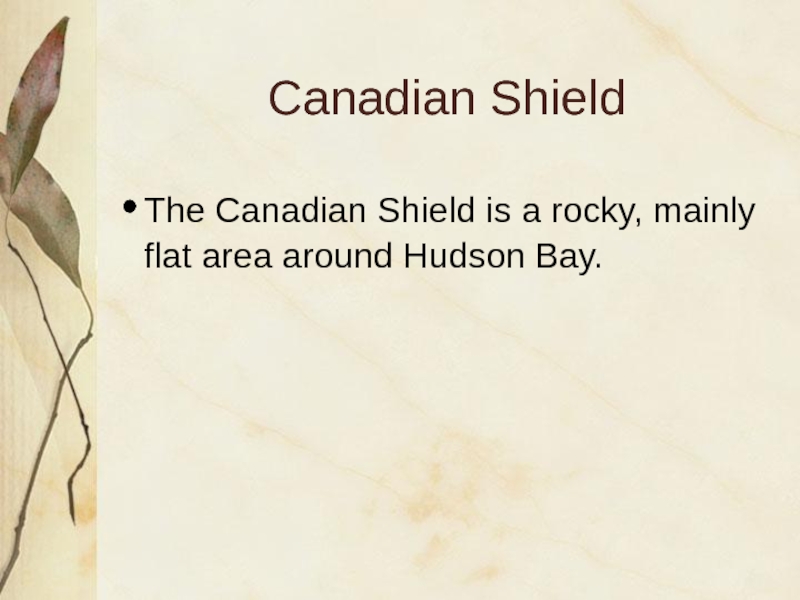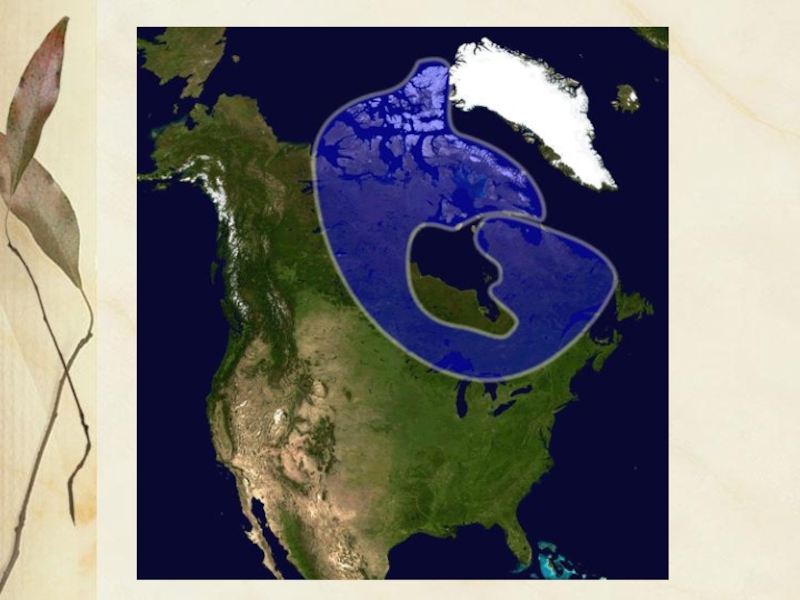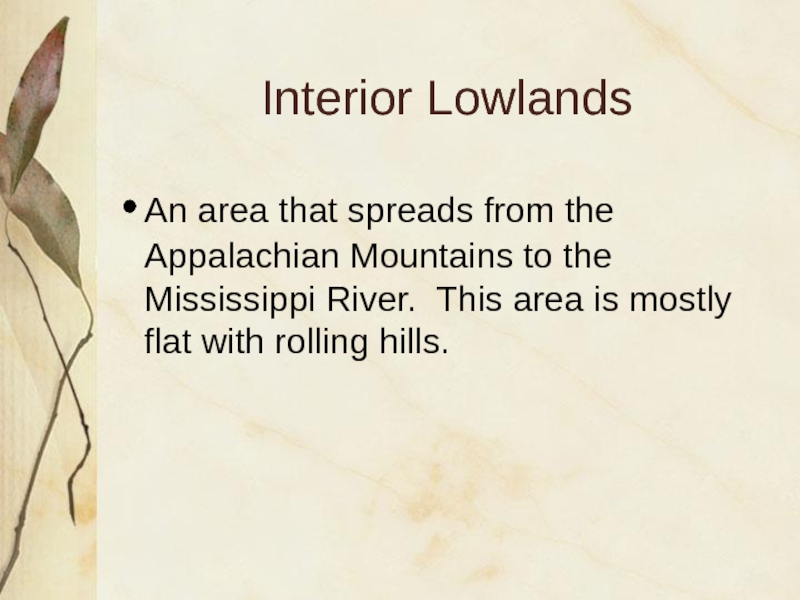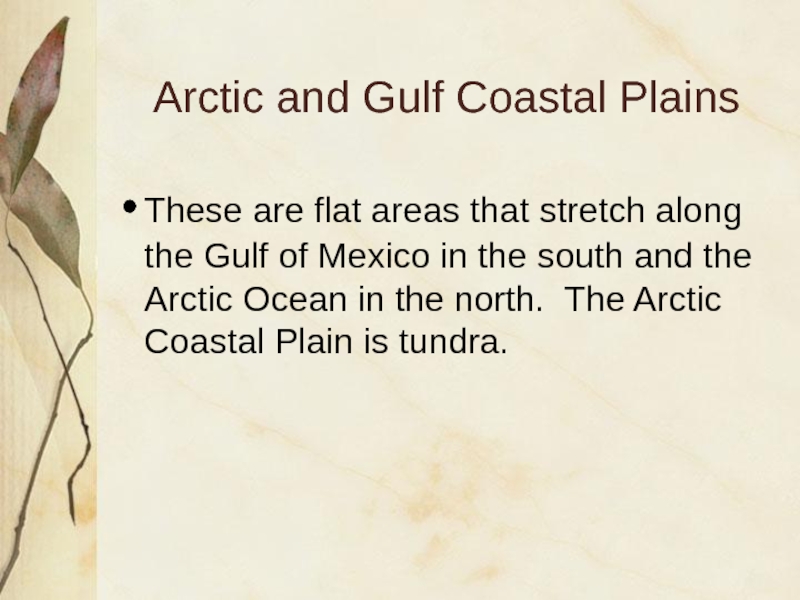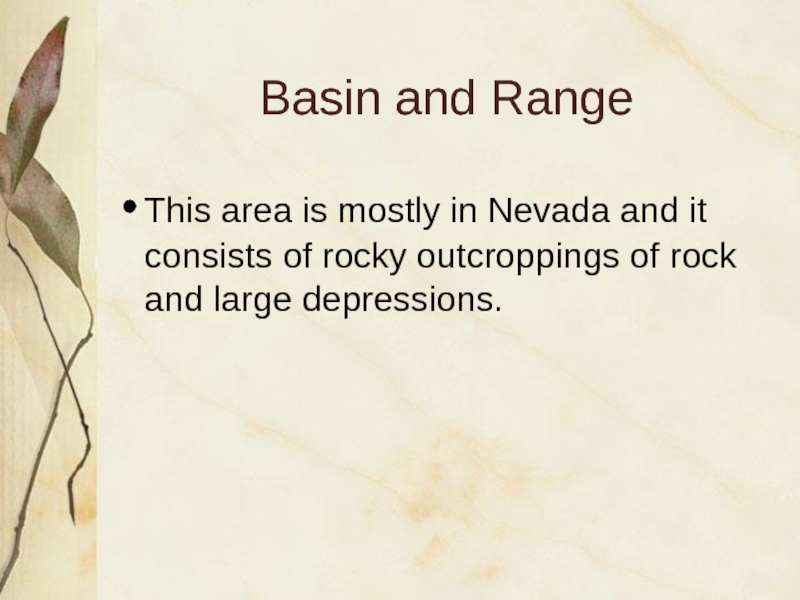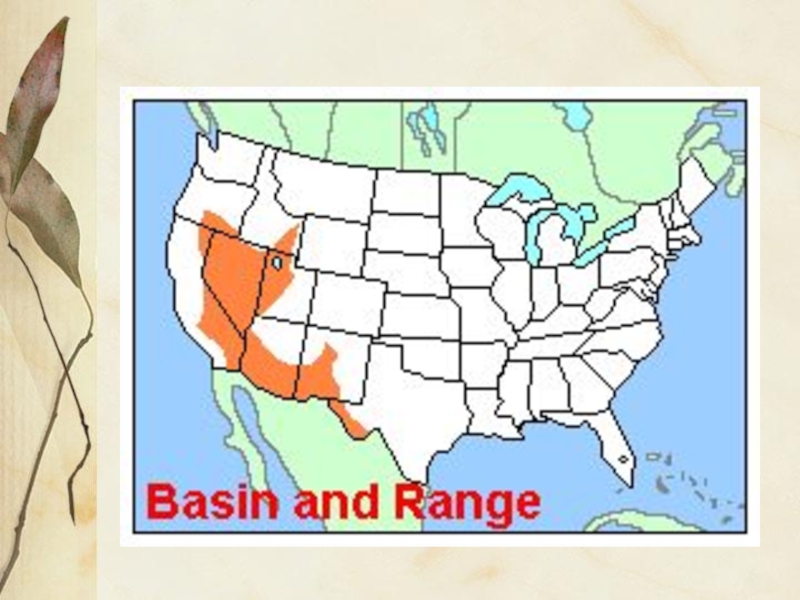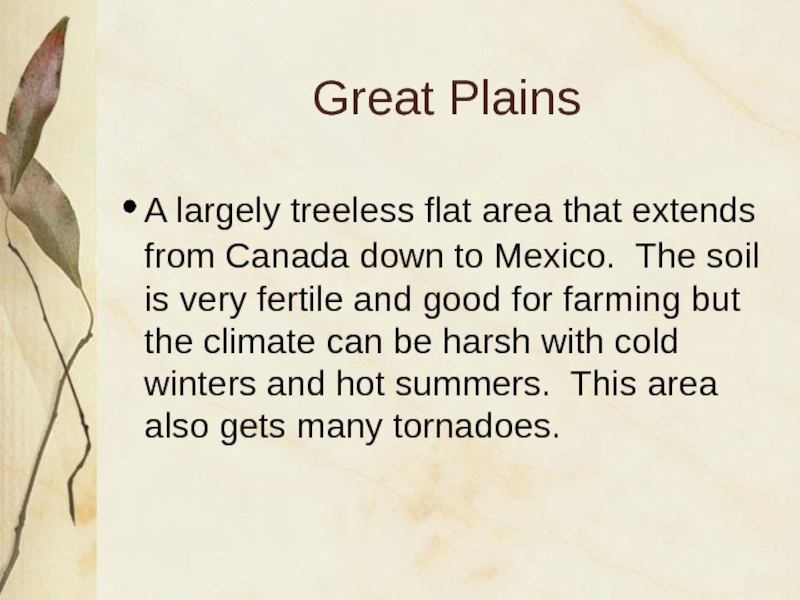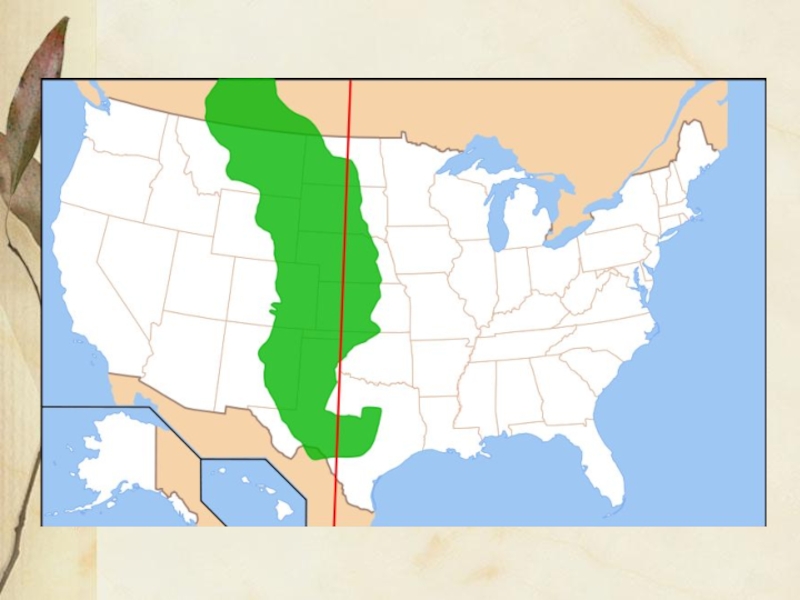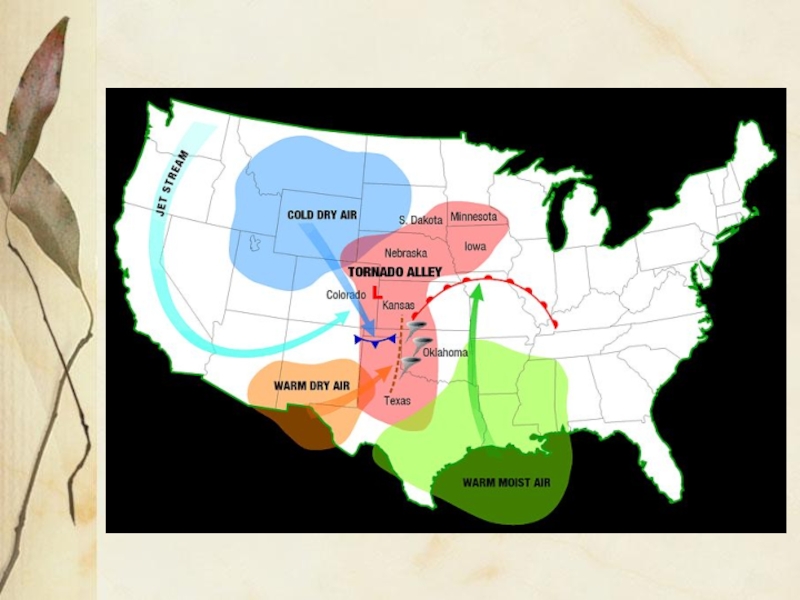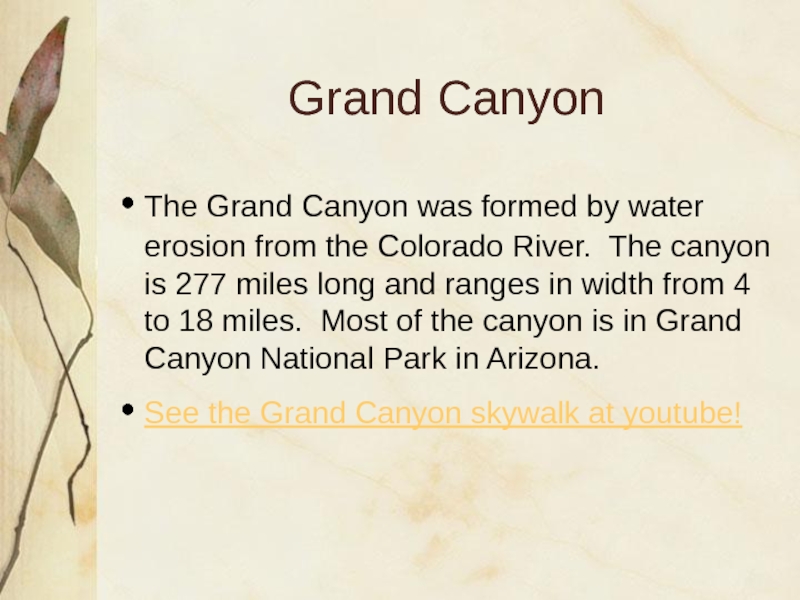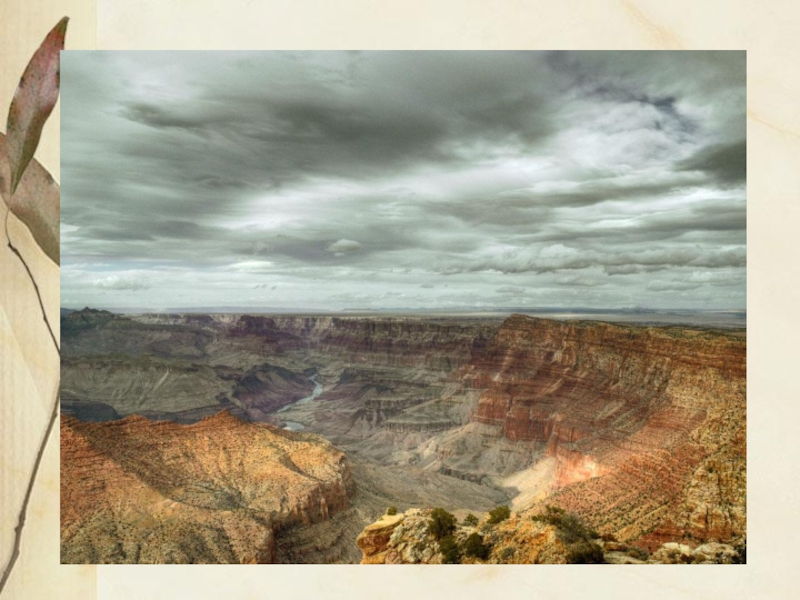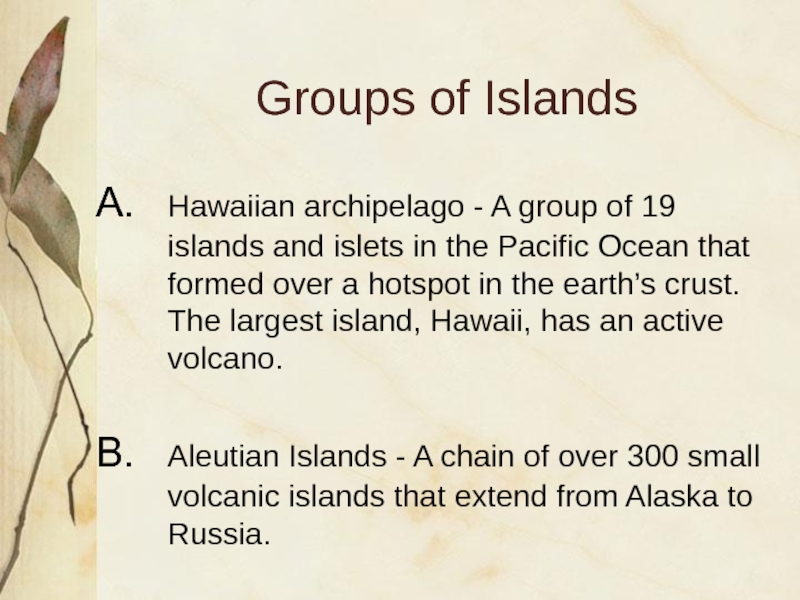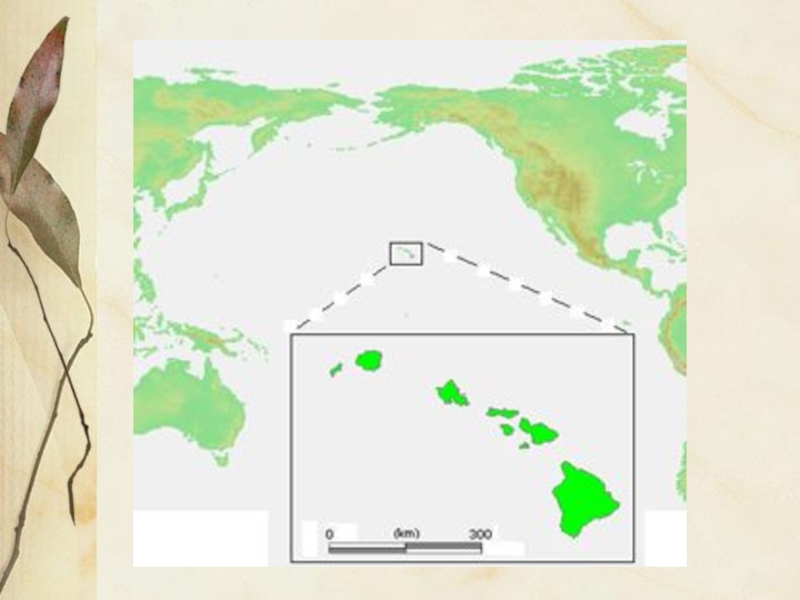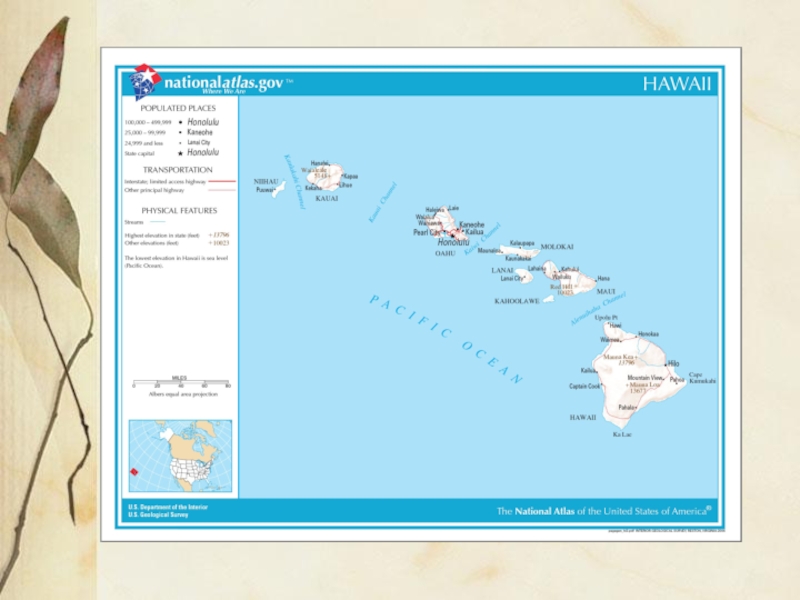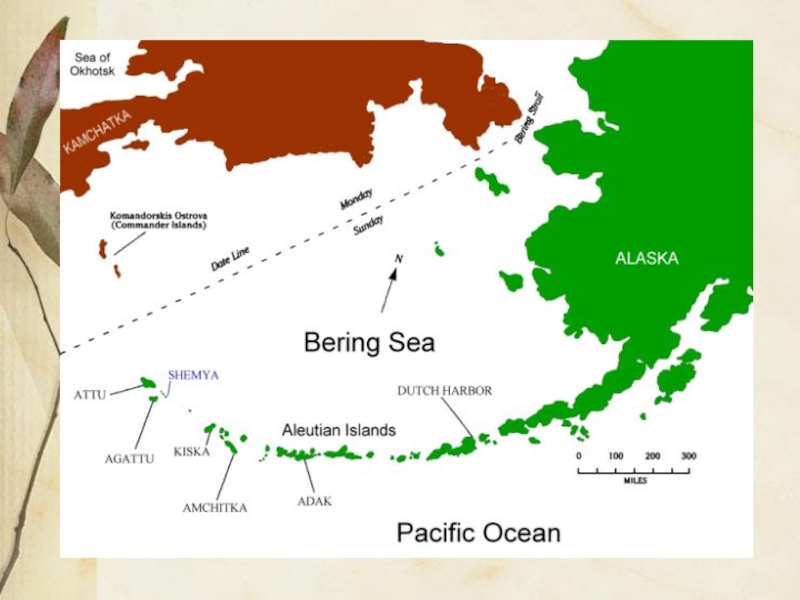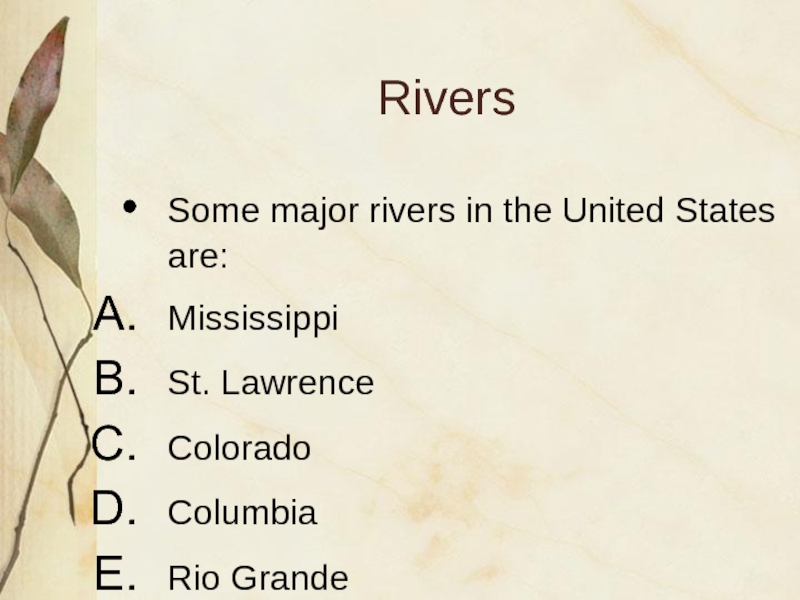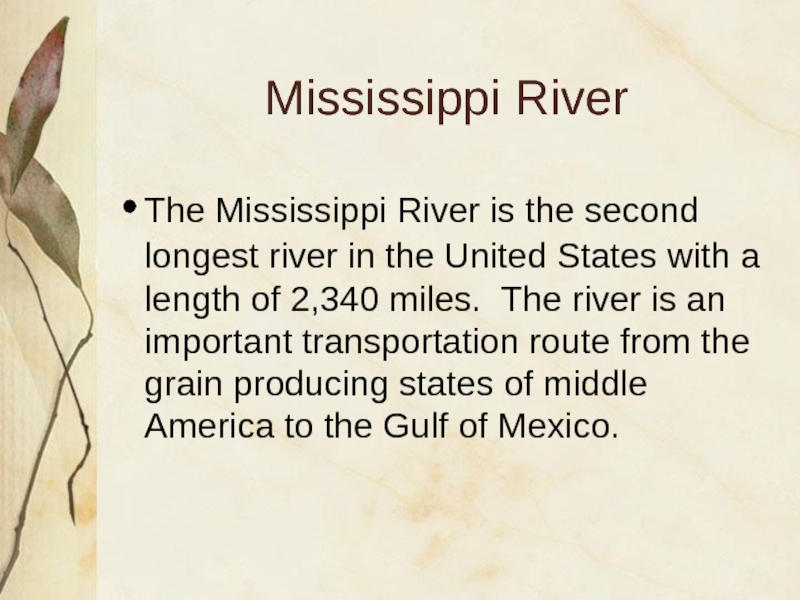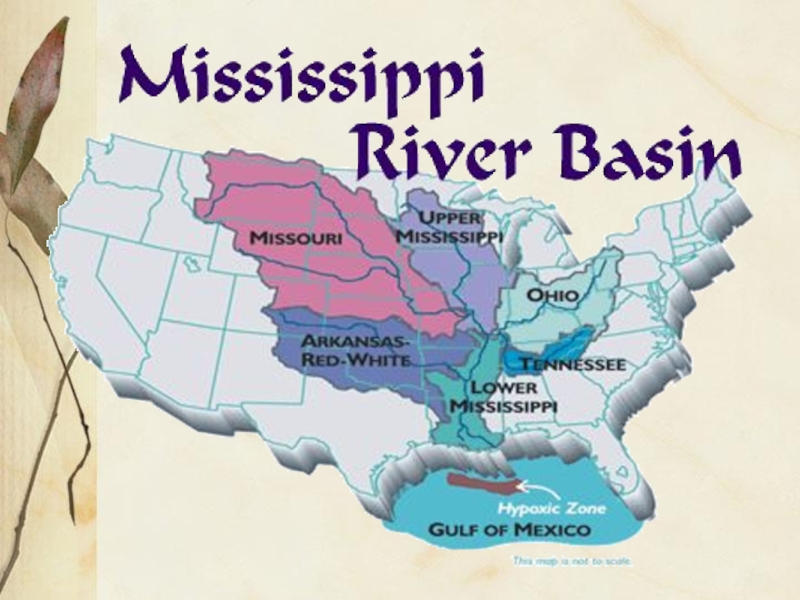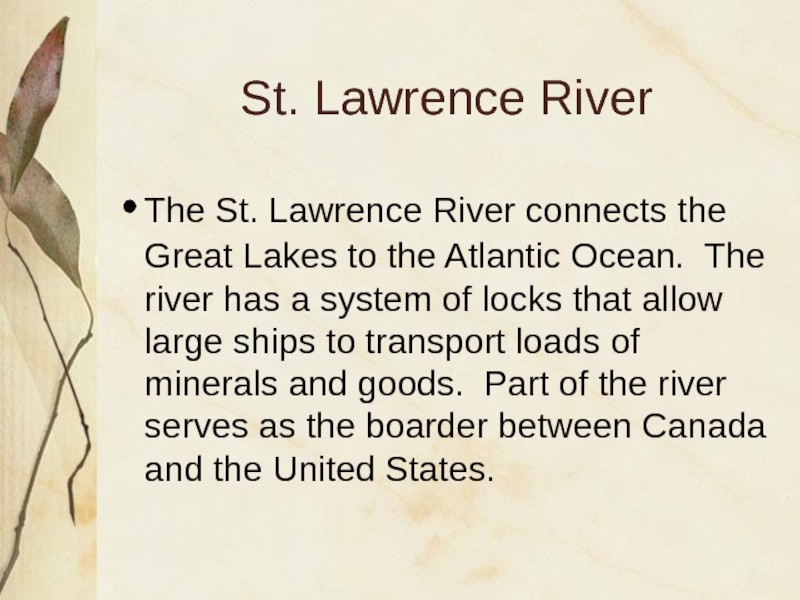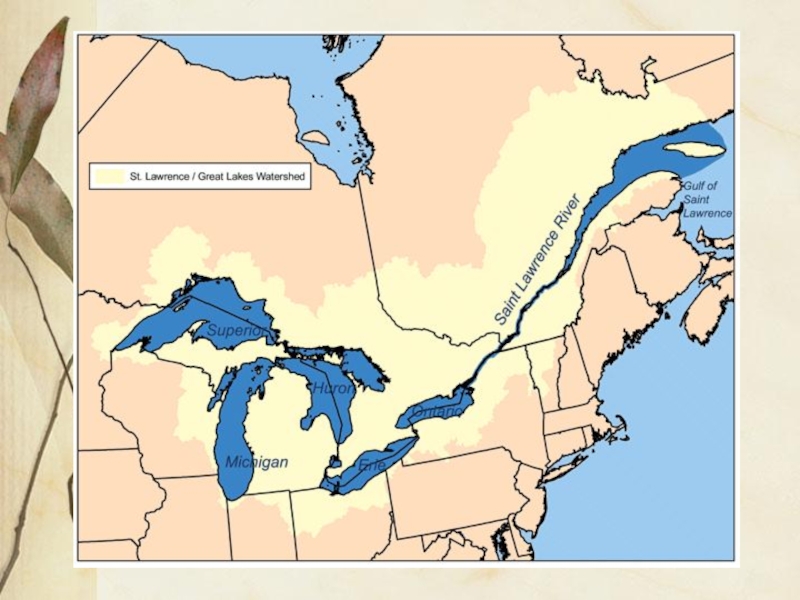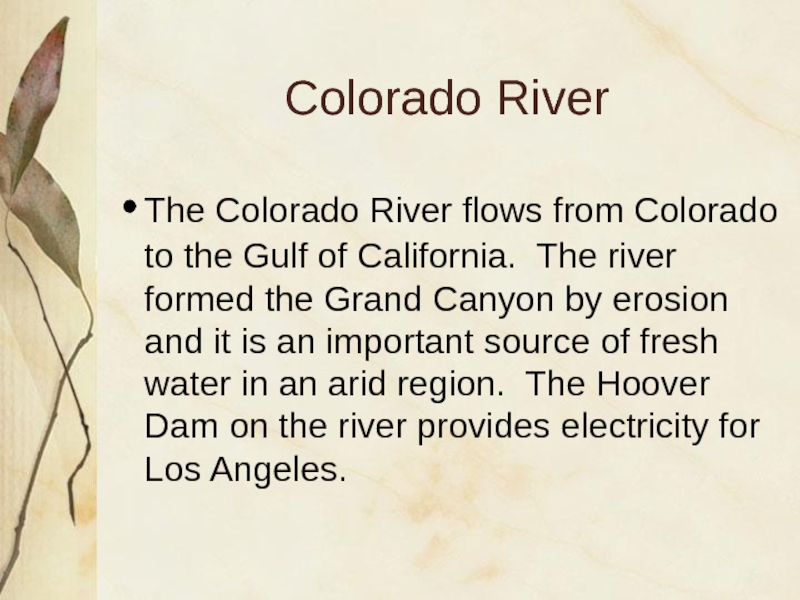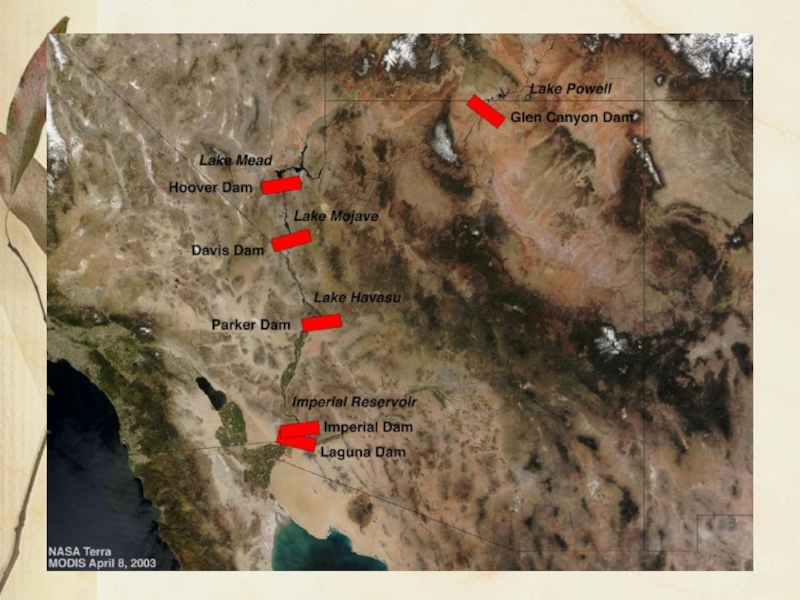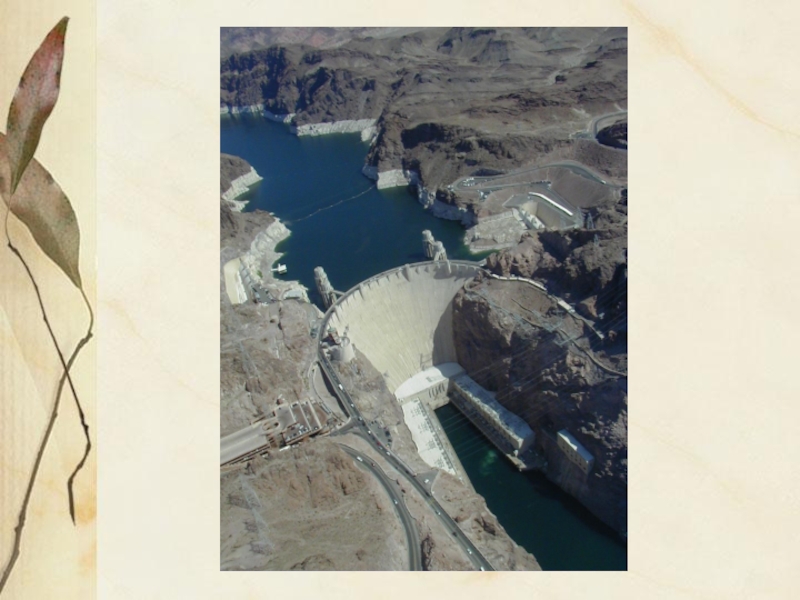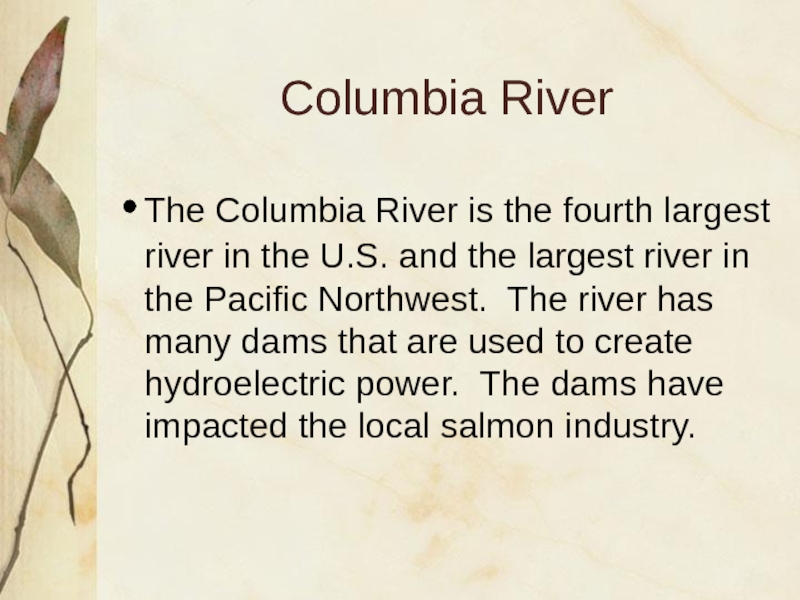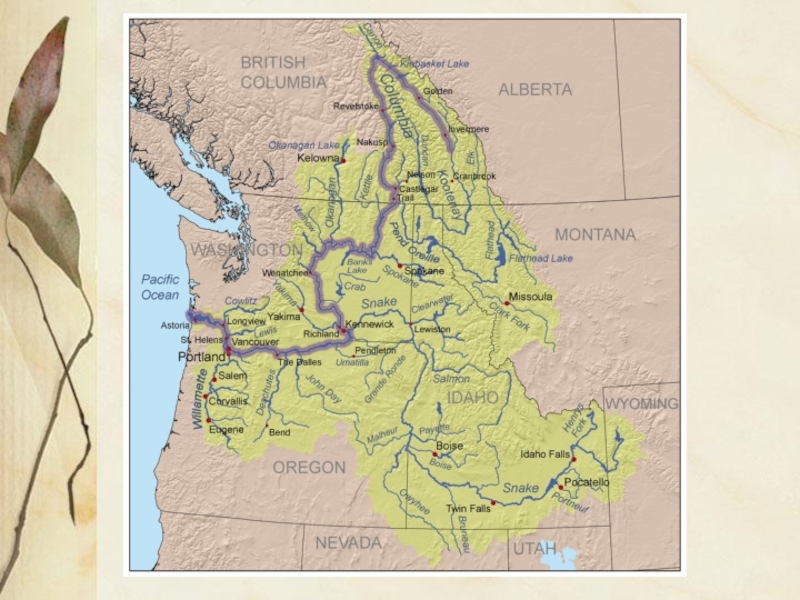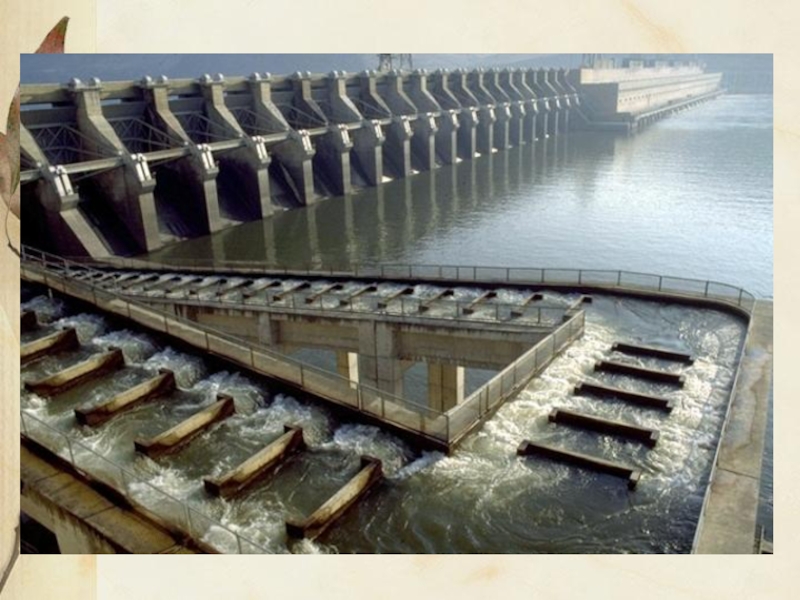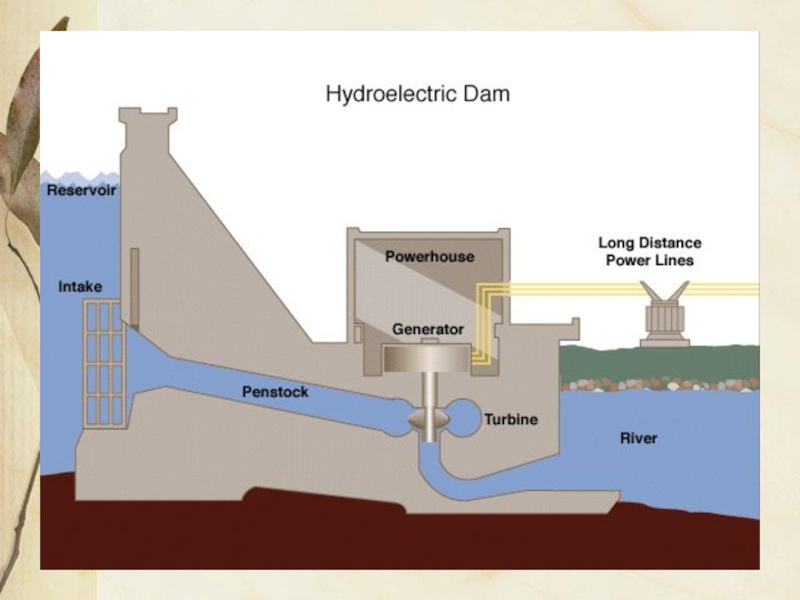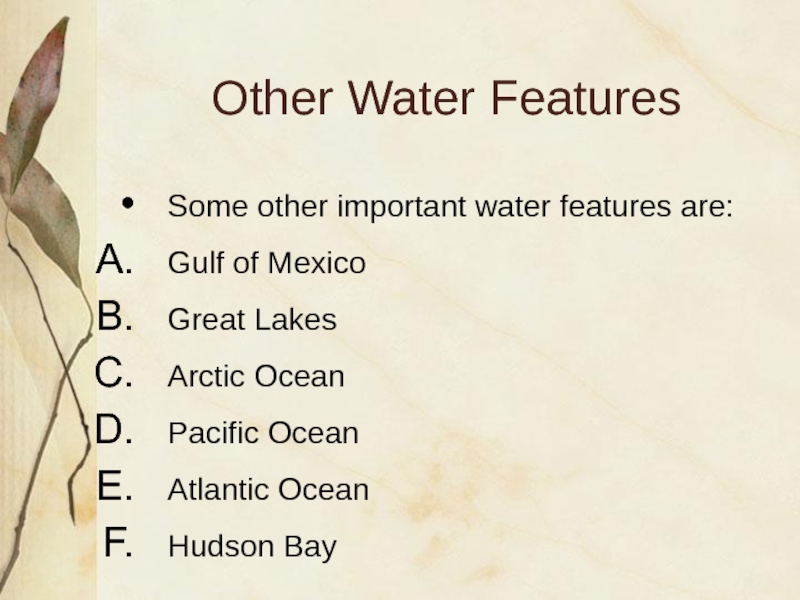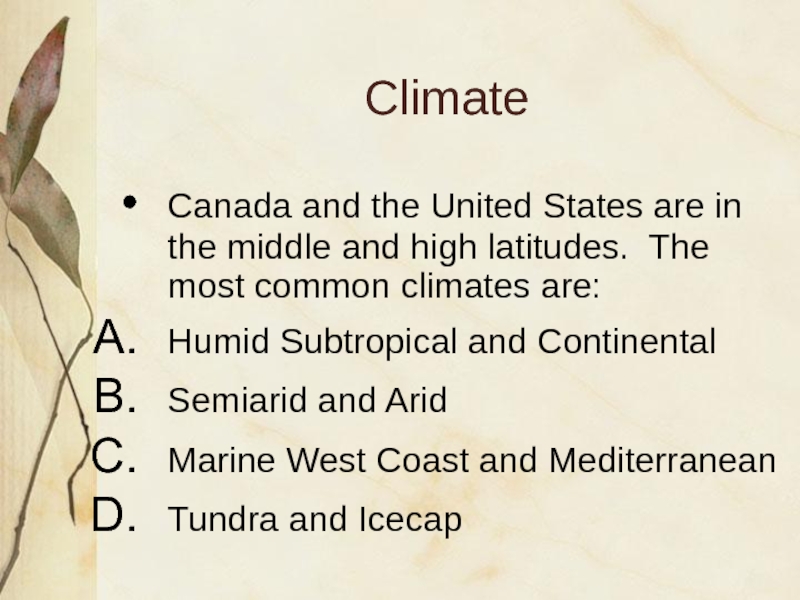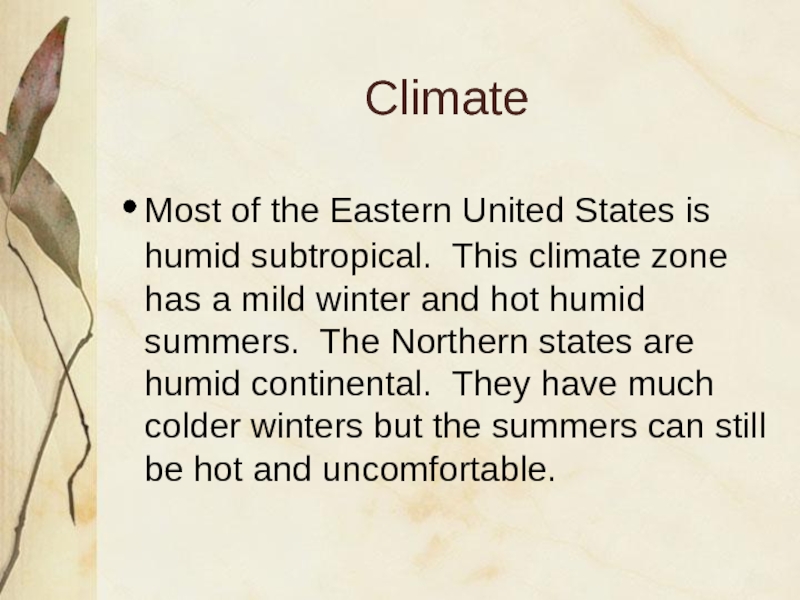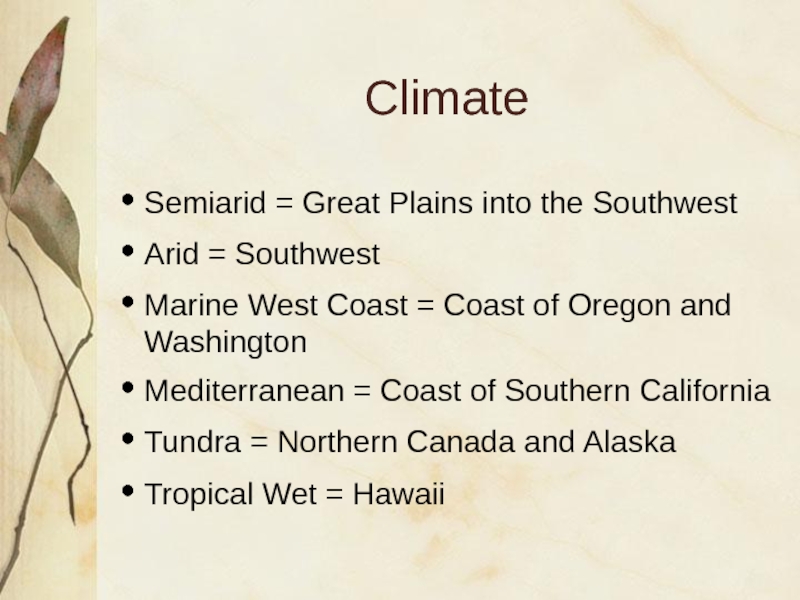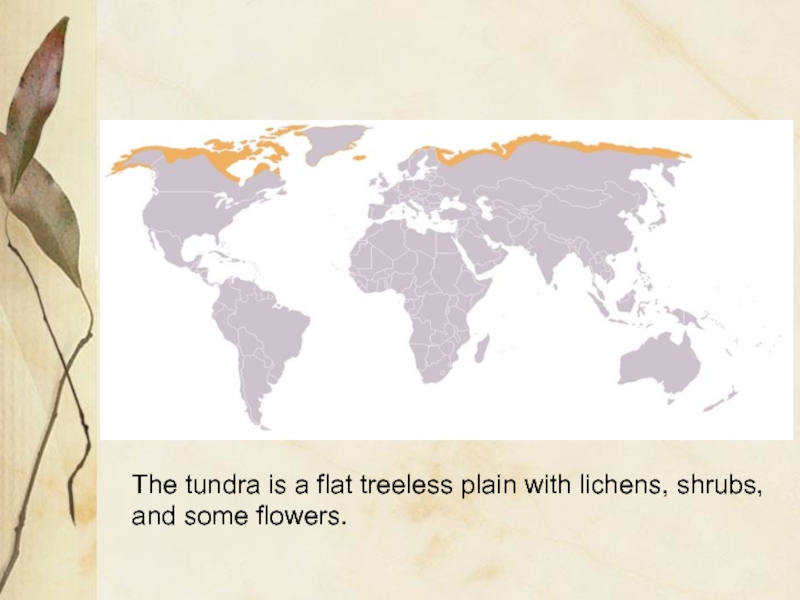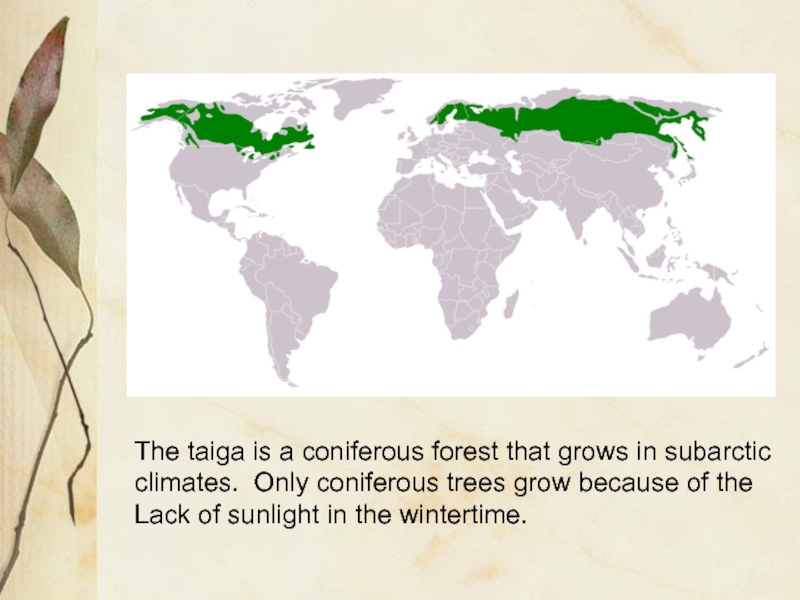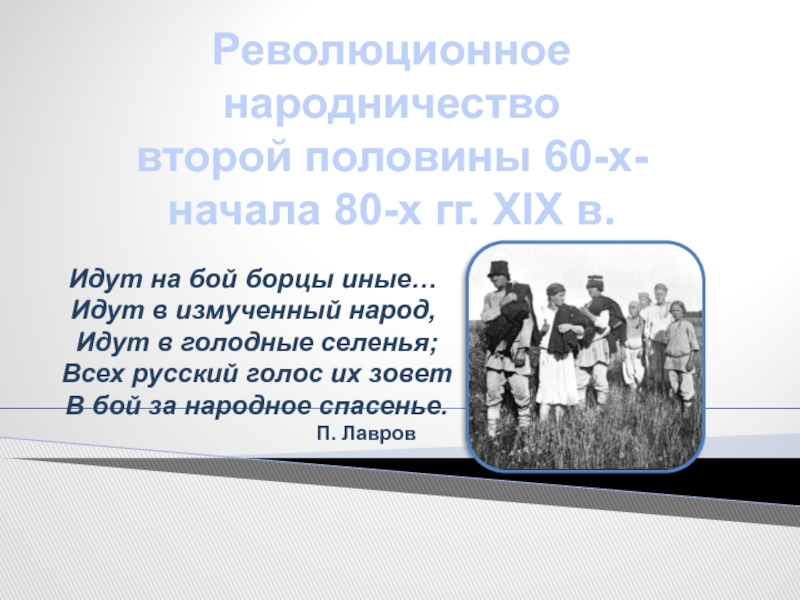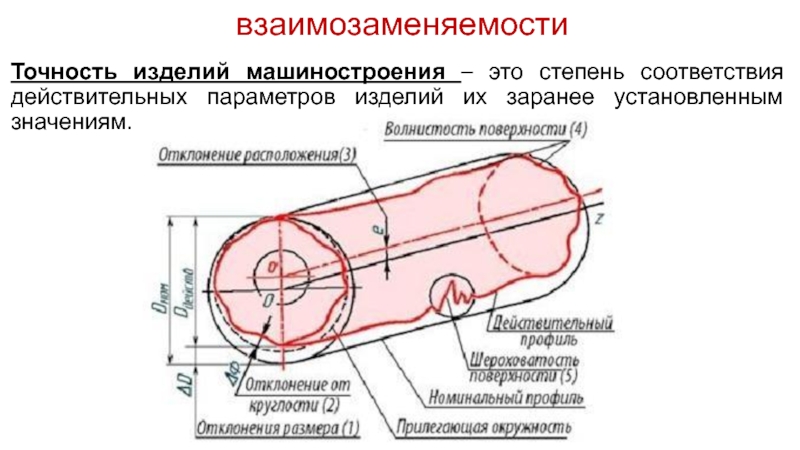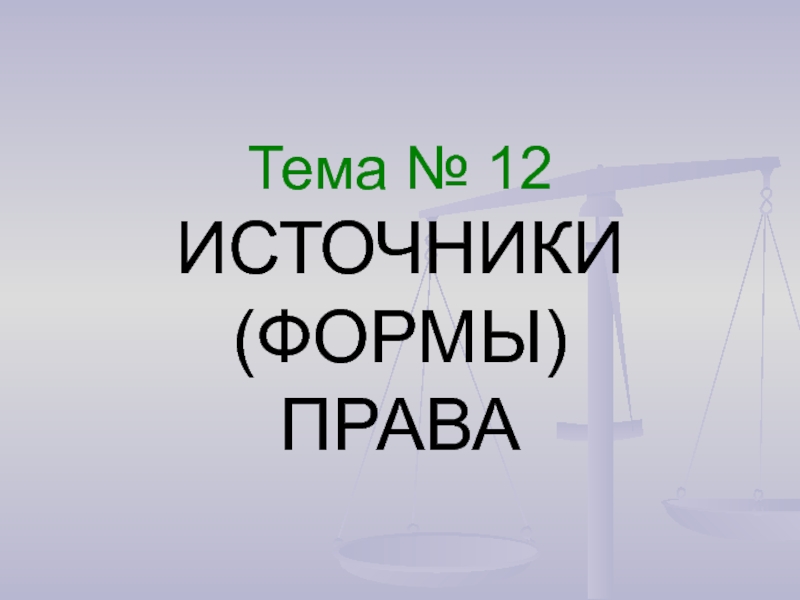Разделы презентаций
- Разное
- Английский язык
- Астрономия
- Алгебра
- Биология
- География
- Геометрия
- Детские презентации
- Информатика
- История
- Литература
- Математика
- Медицина
- Менеджмент
- Музыка
- МХК
- Немецкий язык
- ОБЖ
- Обществознание
- Окружающий мир
- Педагогика
- Русский язык
- Технология
- Физика
- Философия
- Химия
- Шаблоны, картинки для презентаций
- Экология
- Экономика
- Юриспруденция
The United States and Canada
Содержание
- 1. The United States and Canada
- 2. Слайд 2
- 3. LandformsThe U.S. and Canada have several major mountain ranges:The Rocky MountainsThe Appalachian MountainsPacific Coastal Ranges
- 4. The Rocky MountainsThe Rocky Mountains extend about
- 5. Слайд 5
- 6. The Appalachian MountainsThe Appalachian Mountains extend about
- 7. Слайд 7
- 8. Pacific Coastal RangesA series of small mountain
- 9. Слайд 9
- 10. Other LandformsThe Canadian ShieldInterior LowlandsAtlantic and Gulf Coastal PlainsBasin and RangeGreat PlainsGrand Canyon
- 11. Canadian ShieldThe Canadian Shield is a rocky, mainly flat area around Hudson Bay.
- 12. Слайд 12
- 13. Interior LowlandsAn area that spreads from the
- 14. Arctic and Gulf Coastal PlainsThese are flat
- 15. Basin and RangeThis area is mostly in
- 16. Слайд 16
- 17. Great PlainsA largely treeless flat area that
- 18. Слайд 18
- 19. Слайд 19
- 20. Grand CanyonThe Grand Canyon was formed by
- 21. Слайд 21
- 22. Groups of IslandsHawaiian archipelago - A group
- 23. Слайд 23
- 24. Слайд 24
- 25. Слайд 25
- 26. RiversSome major rivers in the United States are:MississippiSt. LawrenceColoradoColumbiaRio Grande
- 27. Mississippi RiverThe Mississippi River is the second
- 28. Слайд 28
- 29. St. Lawrence RiverThe St. Lawrence River connects
- 30. Слайд 30
- 31. Colorado RiverThe Colorado River flows from Colorado
- 32. Слайд 32
- 33. Слайд 33
- 34. Columbia RiverThe Columbia River is the fourth
- 35. Слайд 35
- 36. Слайд 36
- 37. Слайд 37
- 38. Other Water FeaturesSome other important water features are:Gulf of MexicoGreat LakesArctic OceanPacific OceanAtlantic OceanHudson Bay
- 39. ClimateCanada and the United States are in
- 40. ClimateMost of the Eastern United States is
- 41. ClimateSemiarid = Great Plains into the SouthwestArid
- 42. The tundra is a flat treeless plain with lichens, shrubs,and some flowers.
- 43. The taiga is a coniferous forest that
- 44. Скачать презентанцию
LandformsThe U.S. and Canada have several major mountain ranges:The Rocky MountainsThe Appalachian MountainsPacific Coastal Ranges
Слайды и текст этой презентации
Слайд 4The Rocky Mountains
The Rocky Mountains extend about 3,000 miles from
Alaska south to New Mexico. They are younger and taller
than the Appalachian Mountains. The Continental Divide is the line of highest points in the Rockies that marks the separation of rivers flowing eastward and westward.Слайд 6The Appalachian Mountains
The Appalachian Mountains extend about 1,600 miles north
to south from Newfoundland in Canada to Alabama.
Слайд 8Pacific Coastal Ranges
A series of small mountain ranges
stretch from southern
California to Washington. These ranges are low in elevation and
right on the coast. They make the coastline rugged and steep. This area is also on the Ring of Fire and has many active and dormant volcanoes. Earthquakes are common in this area.Слайд 10Other Landforms
The Canadian Shield
Interior Lowlands
Atlantic and Gulf Coastal Plains
Basin and
Range
Great Plains
Grand Canyon
Слайд 13Interior Lowlands
An area that spreads from the Appalachian Mountains to
the Mississippi River. This area is mostly flat with rolling
hills.Слайд 14Arctic and Gulf Coastal Plains
These are flat areas that stretch
along the Gulf of Mexico in the south and the
Arctic Ocean in the north. The Arctic Coastal Plain is tundra.Слайд 15Basin and Range
This area is mostly in Nevada and it
consists of rocky outcroppings of rock and large depressions.
Слайд 17Great Plains
A largely treeless flat area that extends from Canada
down to Mexico. The soil is very fertile and good
for farming but the climate can be harsh with cold winters and hot summers. This area also gets many tornadoes.Слайд 20Grand Canyon
The Grand Canyon was formed by water erosion from
the Colorado River. The canyon is 277 miles long and
ranges in width from 4 to 18 miles. Most of the canyon is in Grand Canyon National Park in Arizona.See the Grand Canyon skywalk at youtube!
Слайд 22Groups of Islands
Hawaiian archipelago - A group of 19 islands
and islets in the Pacific Ocean that formed over a
hotspot in the earth’s crust. The largest island, Hawaii, has an active volcano.Aleutian Islands - A chain of over 300 small volcanic islands that extend from Alaska to Russia.
Слайд 26Rivers
Some major rivers in the United States are:
Mississippi
St. Lawrence
Colorado
Columbia
Rio Grande
Слайд 27Mississippi River
The Mississippi River is the second longest river in
the United States with a length of 2,340 miles. The
river is an important transportation route from the grain producing states of middle America to the Gulf of Mexico.Слайд 29St. Lawrence River
The St. Lawrence River connects the Great Lakes
to the Atlantic Ocean. The river has a system of
locks that allow large ships to transport loads of minerals and goods. Part of the river serves as the boarder between Canada and the United States.Слайд 31Colorado River
The Colorado River flows from Colorado to the Gulf
of California. The river formed the Grand Canyon by erosion
and it is an important source of fresh water in an arid region. The Hoover Dam on the river provides electricity for Los Angeles.Слайд 34Columbia River
The Columbia River is the fourth largest river in
the U.S. and the largest river in the Pacific Northwest.
The river has many dams that are used to create hydroelectric power. The dams have impacted the local salmon industry.Слайд 38Other Water Features
Some other important water features are:
Gulf of Mexico
Great
Lakes
Arctic Ocean
Pacific Ocean
Atlantic Ocean
Hudson Bay
Слайд 39Climate
Canada and the United States are in the middle and
high latitudes. The most common climates are:
Humid Subtropical and Continental
Semiarid
and AridMarine West Coast and Mediterranean
Tundra and Icecap
Слайд 40Climate
Most of the Eastern United States is humid subtropical. This
climate zone has a mild winter and hot humid summers.
The Northern states are humid continental. They have much colder winters but the summers can still be hot and uncomfortable.Слайд 41Climate
Semiarid = Great Plains into the Southwest
Arid = Southwest
Marine West
Coast = Coast of Oregon and Washington
Mediterranean = Coast of
Southern CaliforniaTundra = Northern Canada and Alaska
Tropical Wet = Hawaii
